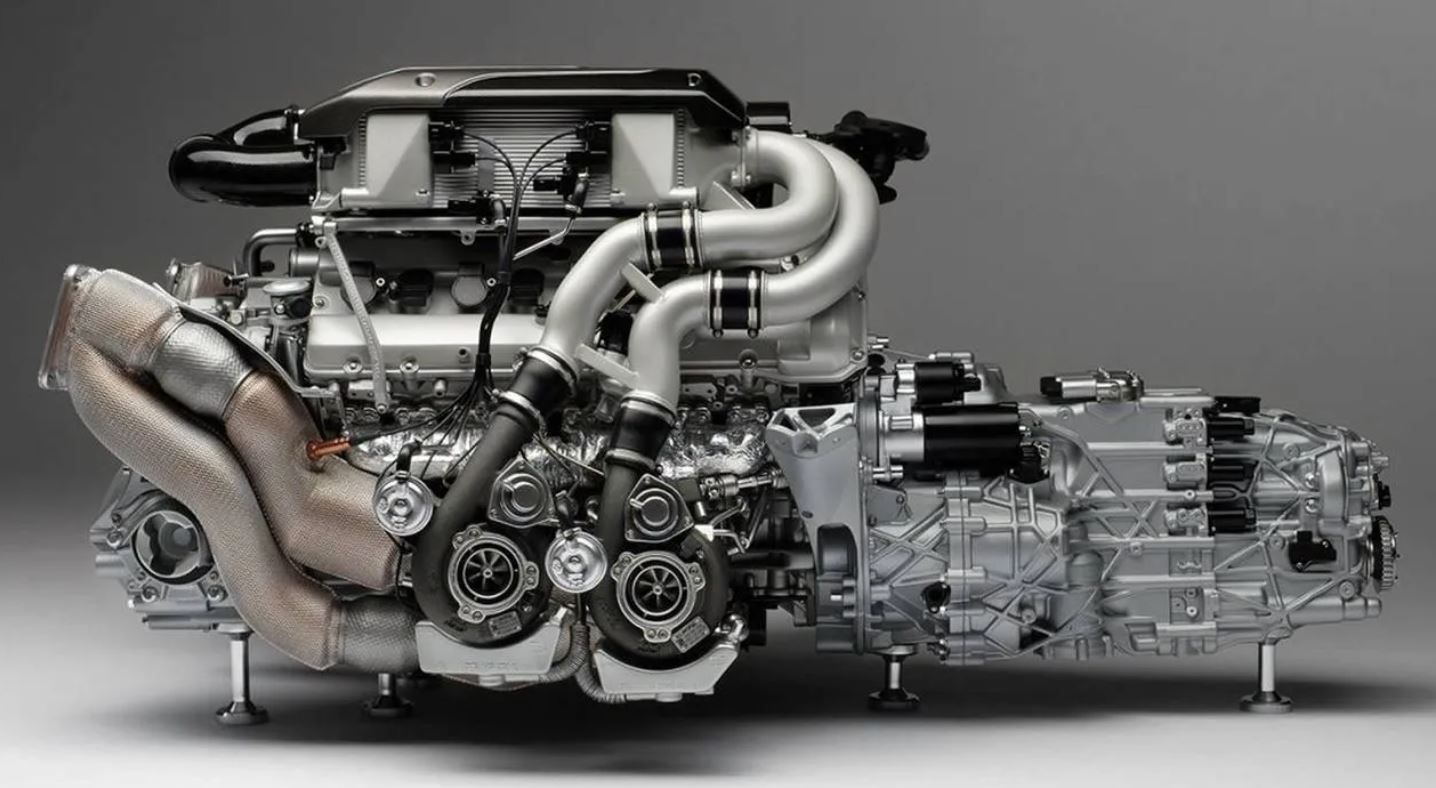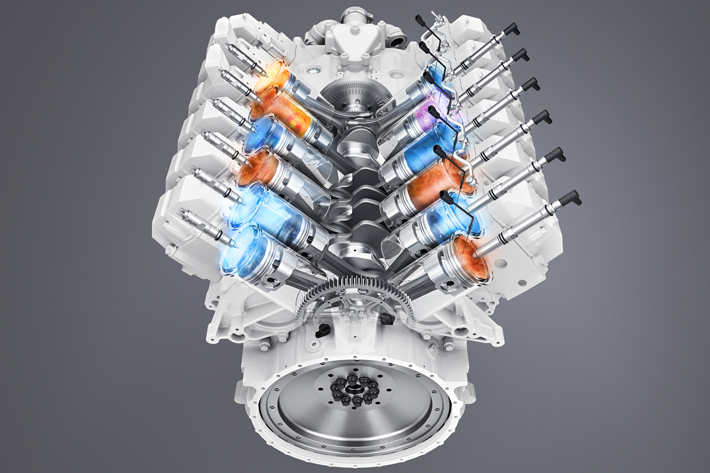The Pursuit for Ultimate Driving Power: Checking Out the Pinnacle of Engine Efficiency and Technological Advancements in the Automotive Sector
In the world of automotive design, the pursuit of optimum driving power has been a ruthless pursuit that has unravelled with the advancement of engine design and the combination of cutting-edge modern technologies. From the precise workmanship of combustion engines to the rapid innovations in electric propulsion systems, the automobile market stands at the cusp of a brand-new era defined by extraordinary efficiency capabilities. As engineers and scientists dive deeper into the worlds of computational liquid dynamics and check out cutting-edge gas technologies, the horizon of possibilities broadens tremendously. Keep tuned as we untangle the intricate tapestry of technological developments that are forming the future of automotive power and performance.
Advancement of Engine Layout

In addition, the combination of turbocharging and turbo charging technologies has changed engine design by improving power without significantly enhancing engine dimension. These forced induction systems press the intake air, enabling even more fuel to be combusted, therefore generating greater power result from a smaller engine. This development has actually been particularly important in boosting the efficiency of smaller sized displacement engines while maintaining fuel efficiency requirements.

Performance-Enhancing Gas Technologies
The execution of sophisticated gas innovations has considerably contributed to improving engine performance in modern-day automobiles. Biofuels, obtained from renewable resources like corn, algae, or sugarcane, deal improved and lowered emissions engine effectiveness. In addition, gas ingredients and detergents are being developed to clean engine parts, maximize combustion, and decrease rubbing, therefore boosting general automobile efficiency.
Advancements in Electric Propulsion
Considerable strides in electrical propulsion technology have actually revolutionized the automobile sector, leading the way for a new period of effective and lasting transportation. Electric lorries (EVs) are acquiring popularity because of their ecological advantages and developments in battery modern technology, allowing longer driving arrays and shorter charging times. Suppliers are investing greatly in research and growth to boost the performance of electrical propulsion systems, focusing on increasing power result, enhancing energy efficiency, and reducing total weight.
One significant breakthrough in electric propulsion is the advancement of advanced electric motors that provide higher torque and power density, resulting in improved acceleration and general driving efficiency. In addition, regenerative braking systems have actually been improved to catch and store power throughout deceleration, more improving the efficiency of EVs.
Moreover, the assimilation of wise technologies, such as expert system and anticipating analytics, is enhancing the management of electrical propulsion systems, making certain ideal performance under numerous driving conditions. These advancements in electrical propulsion are reshaping the automotive landscape, driving the sector towards a more lasting and amazed future.
Impact of Computational Liquid Characteristics
With innovations in electric propulsion pressing the borders of vehicle modern technology, the integration of Computational Fluid Dynamics is playing a pivotal function in maximizing aerodynamic efficiency and boosting overall performance in vehicle style. Computational Liquid Characteristics (CFD) includes making use of why not check here computer system simulations to evaluate the circulation of air around a lorry, making it possible for engineers to anticipate just how layout changes will affect the rules of aerodynamics without the need for expensive physical models. By properly modeling air movement patterns, CFD enables the refinement of automobile forms to lower drag, improve cooling, and improve security.
One trick benefit of utilizing CFD in automobile layout is the capacity to iterate quickly, discovering numerous design variants to identify the most aerodynamically efficient options. This repetitive process leads to vehicles that are not just sleeker and more visually attractive however likewise much more fuel-efficient and eco-friendly. CFD enables engineers to optimize air movement around parts such as radiators, engine bays, and wheel wells, adding to boosted efficiency and general driving experience. To conclude, the combination of Computational Fluid Dynamics represents a considerable action ahead in the mission for supreme driving power and effectiveness in the vehicle market.
Future Patterns in Engine Development
In the vibrant landscape of vehicle engineering, cutting-edge developments are forming the future trajectory of engine advancement. The future of engine design is noted by a solid emphasis on sustainability, efficiency, and efficiency. Producers are significantly concentrating on developing engines that not just supply high power outcomes but additionally focus on environmental duty by decreasing emissions and boosting gas efficiency.
One noticeable trend in engine technology is the increase of electrification. Hybrid and electrical powertrains are acquiring grip as practical alternatives to traditional burning engines. These modern technologies use the possibility for considerable decreases in carbon emissions and enhanced power performance, aligning with worldwide efforts to fight climate modification.
In addition, developments in materials scientific research and production strategies are enabling the production of lighter and much more long lasting engine elements. This change in the direction of light-weight products such as carbon fiber and light weight aluminum alloys adds to improved performance and gas economic climate.
Final Thought
In verdict, the search of best driving power in the auto field remains to drive advancements in engine design, fuel innovations, electric propulsion, and computational fluid dynamics. The advancement of these innovations is forming the future of engine technology, leading the way for a lot more effective and powerful vehicles (engines for africa). As the market remains to press the borders of what is possible, we can expect to see even click here for more extra groundbreaking growths in the mission for peak performance
One of the key milestones in engine design evolution is the change from typical Homepage carbureted engines to contemporary fuel-injected systems. By exactly metering the gas distribution to each cylinder, fuel-injected engines optimize burning, resulting in much better performance and lowered environmental impact.
In addition, the combination of turbocharging and supercharging modern technologies has actually transformed engine layout by improving power without considerably increasing engine dimension (engines for africa).The implementation of innovative fuel technologies has actually significantly added to improving engine efficiency in contemporary vehicles. Furthermore, fuel ingredients and detergents are being created to clean engine elements, enhance burning, and decrease rubbing, thus enhancing general lorry performance